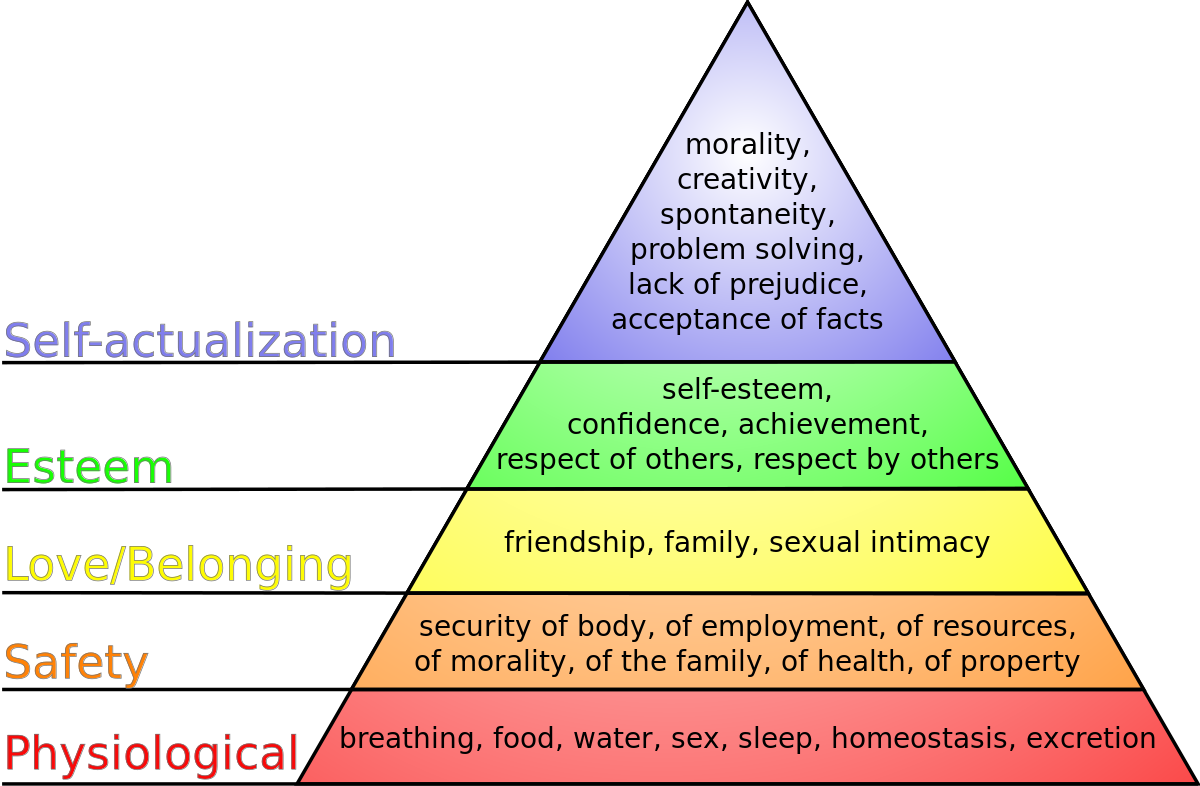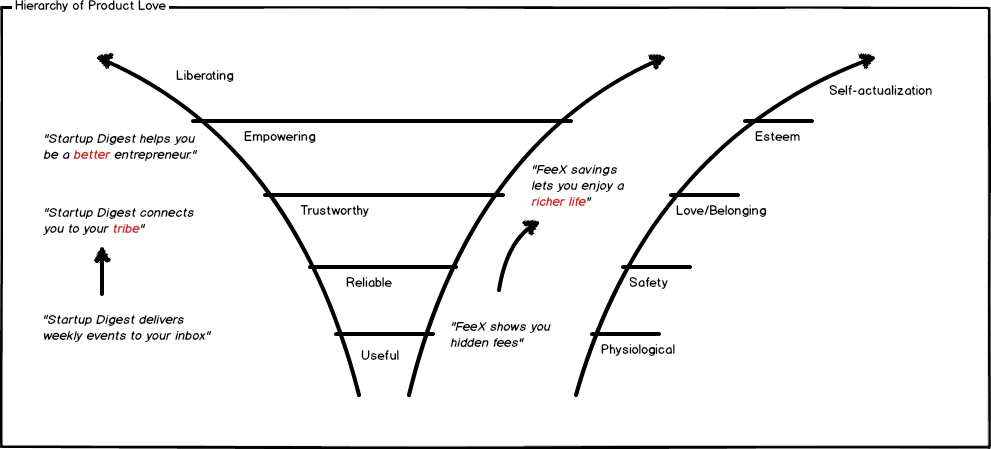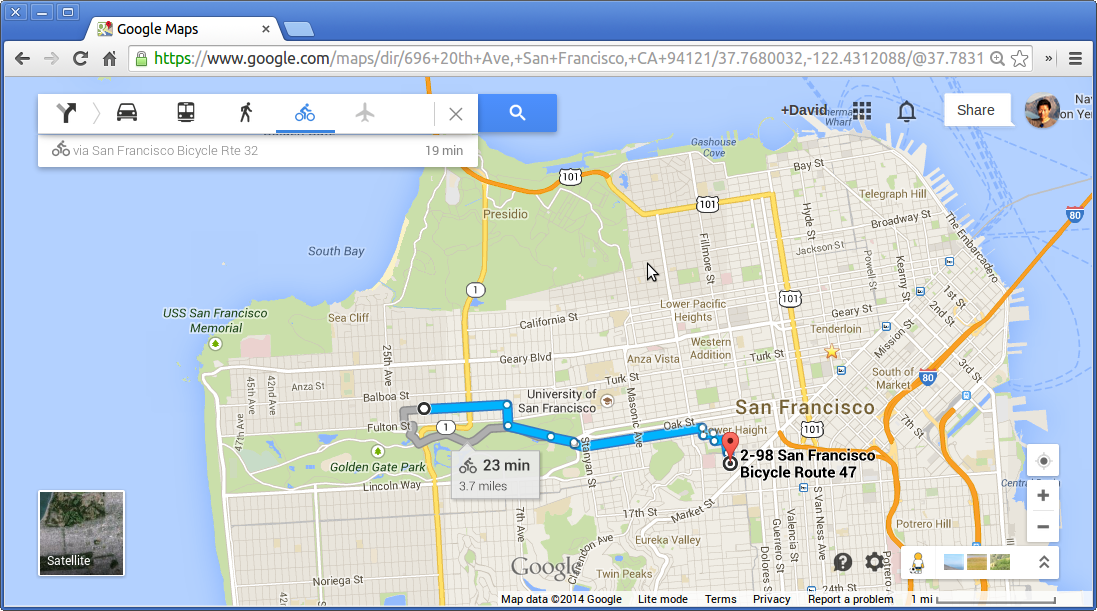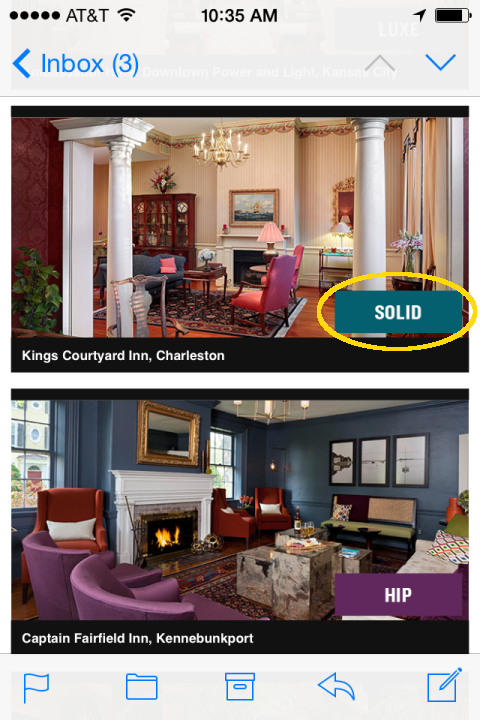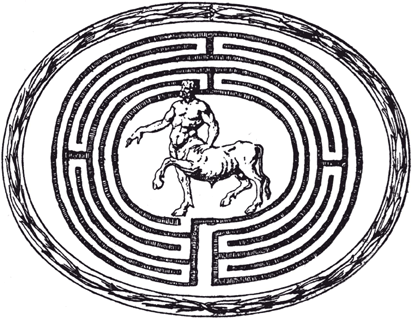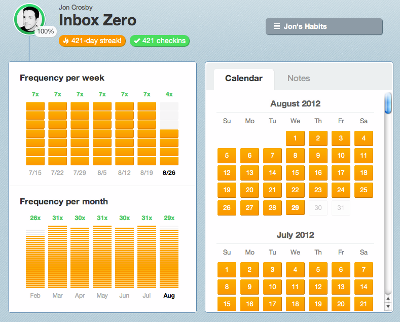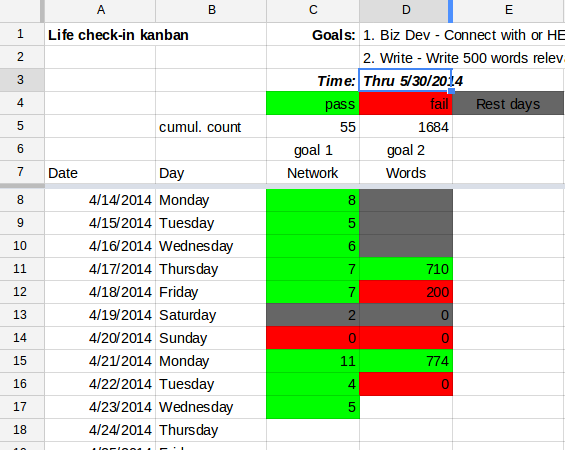How Good is Your Product Anyway?
Recently, I had a chance to sit next to a tech executive during lunch. Our brief chat meandered to the topic of what makes
Startup Digest special.
You may be aware, there are dozens of email newsletters in the startup space. Some are good, some suck. And Startup Digest is king.
Why is that so? The question made me think about what it is that any given product does for its users.
How does a newsletter, a product, or a service (or a person) win the hearts and minds of users?
What Need Does it Fill?
What kind of a model do you apply to address a question like that? The model that came to my mind was the well-known
Maslow’s hierarchy of needs.
At the base of the pyramid are basic necessities for physical survival. Keep walking up the slope of this pyramid from food to safety, to community, and you eventually end up self-actualized. (I don’t know about you, but the word amuses me, and evokes an image of someone sitting like Buddha in the middle of the day at Dolores Park.)
You might have seen innovation thinker Clayton Christensen apply a similar idea to businesses:
Jobs to be Done. Here’s a rationale from Christensen’s institute:
“Customers rarely make buying decisions around what the “average” customer in their category may do — but they often buy things because they find themselves with a problem they would like to solve.”
You can see why psychological underpinnings of the hierarchy of needs model is so powerful. It strikes at a deeper truth. We do stuff because we need to satisfy our desires and needs, not because of some cosmetic marketing.
Applied Psychology - using FeeX as an example
Let’s apply it! Take a product like
FeeX, for instance.
FeeX helps individual investors by showing your hidden fees (the stuff that mutual fund companies make incomprehensible with words like ‘deferred sales load’ and ‘12b1 fee’) so that you know how big the hit is, and hopefully take action to save.
The old product focused on the fee saved in dollars.
That appeals to the rational mind, to the part that says, save and you’ll have more left over for food. This is the bottom of the pyramid of hierarchy of needs.
If you happen to have some money socked away in retirement savings (and you’re not a CPA), do you ever think like that? “Gee, I am paying too much on my hidden fees!”
I don’t. And ironically, I have a CPA.
During a conversation with a team member, I suggested, why not link it to something with stronger trigger, something closer to home.
For example, “save $X and you’ll have saved enough to fly to go see your [loved one].” Or “Fly to Hawaii for free, with money saved on your 12b1 fee.”
That’s higher-up on the pyramid: need to belong, family, love, etc.
Back to Startup Digest and the House of Startup
So, what is Startup Digest, and what makes it special?
Startup Digest solved an archetypical founder’s problem. Chris McCann started the digest so he could figure out what was going on and meet new people as a newbie in Silicon Valley.
Startup Digest connects with its audience very personally. Chris shared the story of how in the early days, he used to make waffles for the readers in his apartment, then at VC offices. (The larger and slightly more scaled version of this is having local curators be the ‘faces’ of each city edition. While not scalable, sometimes
thing that don’t scale can represent a competitive advantage, like personal relationships.)
Startup Digest benefits from strong network effects. You all know that when there is a successful incumbent, often the bar for surpassing it is high.
Changing an existing user behavior requires not 2x improvement, but a 10x improvement (borrowing from Andy Grove’s book about paranoid survival).
Far better, therefore to go after a new base with a new twist of the service.
These observations point to how the Startup Digest resides beyond the utilitarian in us. It helps us connect to a community and gain a sense of belonging.
Escape Velocity
This brings up another question. At what point do you lose the glues that hold a community together?
If you could (potentially) make waffles for 350 people, what can you do with 350 thousand people? Brute force will not work, and you have to look for beneficial intersection between technology and the human users.
What would be the digital equivalent of a handshake or making pancake for a friend, or seeing a familiar face on a digest each week?
Time for Action
More pragmatically, few things that Startup Digest or CrunchBase Startup Calendar could do (and should regularly do) include:
redraw core user persona - in this case startup founder/early employees persona, to understand the way the user thinks
re-align user success to business success - for example, Crunchbase is aimed at creating a world’s best dataset of startup activity and people. Does events align at all with that business goal?
use technology to work smarter - this is something Startup Digest could do much better. We remain very human-driven.
Building the right tools to empower the enthusiastic users takes lot of resources, but it is absolutely the right path forward. Does your product roadmap reflect that truth?
A strong community is one that scales itself.
At Startup Digest, we are pushing beyond our comfort zones by digging deeper into what we want to grow into. We are testing where our audience wants to go while diagnosing what they need most.
As noted, we are behind when it comes to applying technology to help our community scale itself.
Peter and I liken the journey to climbing a mountain. You want to set your sights on a peak, and start testing different routes up, frequently changing when you get closer to the terrain and see new obstacles.
Often, the peak is shrouded in fog, and weather conditions and fatigue may impact your performance and progress.
Here’s how you can train your climbing legs. Think of ideas to improve your product. Anything. Then, pick and prioritize a few you could implement within a reasonable period of time.
Then take some small
step forward toward that goal. Try it! I would love it if you shared your story in future!
